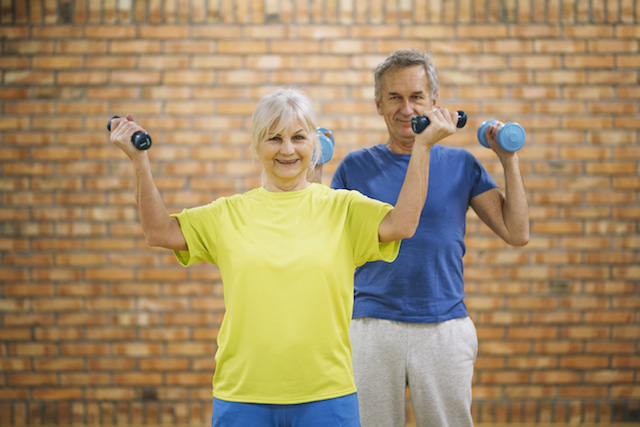One might think that a “low-intensity” workout won’t help you to achieve your fitness results. However, pushing through a high-intensity workout that leaves you sweaty and sore is not possible (nor smart) for everyday training. In fact, athletes competing at the professional level include varied workouts in their weekly routine, almost always incorporating some form of low-intensity workouts. The trick is how to properly implement and do them to maximize your session!

What Is Considered A Low-Intensity Workout?
What determines if a workout is high, moderate, or low intensity is all based on how much the exercise raises your heart rate. Based on your age, you have a predicted maximum heart rate, and that is determined by subtracting your age from 220. Workouts that are high-intensity get your heart pumping at 70-90% of your maximum heart rate. Low-intensity workouts on the other hand have your heart pumping at around 40-50% max heart rate.

Given this definition, it might leave you thinking “how can I determine my heart rate without a monitor?” Some machines at the gym have heart monitors attached to them, although they are not always reliable. A better way of determining the intensity of your workout is by evaluating your exertion during the activity.
To give a clear example, there is a big difference in your breathing when you walk and when you sprint. If you can hold a conversation and are not sweating a lot during the activity, this most likely can be considered a low-intensity activity for you.

The Proven Benefits Of Low-Intensity Workouts
As mentioned earlier, you don’t need to pack in an intense sweat session to feel the benefits of fitness. One study found that adults who are typically sedentary but did 20 minutes of low-intensity training daily were less tired than their non-active counterparts.
In addition to reducing fatigue, low-intensity workouts can help to improve your muscular endurance, increase circulation, boost your mood and burn calories! What’s more, people of all ages and abilities can participate in this lighter workout style.

Avoid The Burnout
A major benefit to low-intensity workouts is that they are great for “active recovery” days. What’s more, they help to reduce your chances of burning out. Too much of a high-intense activity can cause people to become both physically and mentally stressed, causing setbacks in your fitness goals from possible injury and lack of motivation. Switching it up and implementing more variety helps to combat these issues and keep you on the path to your ultimate fitness journey!
Photos: Freepik
